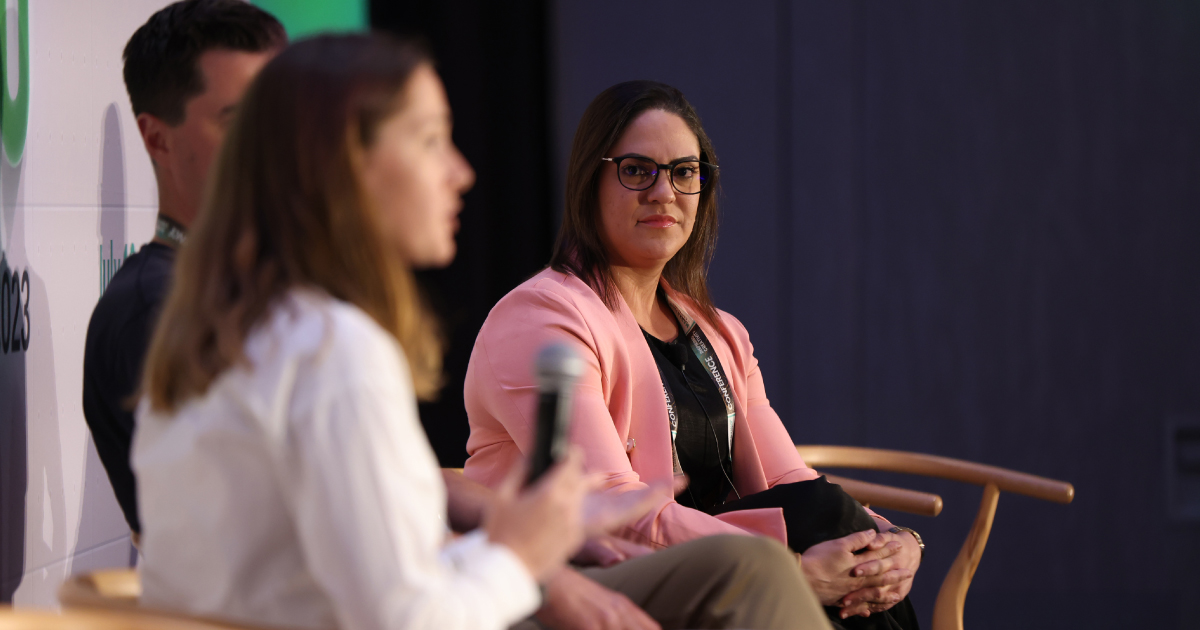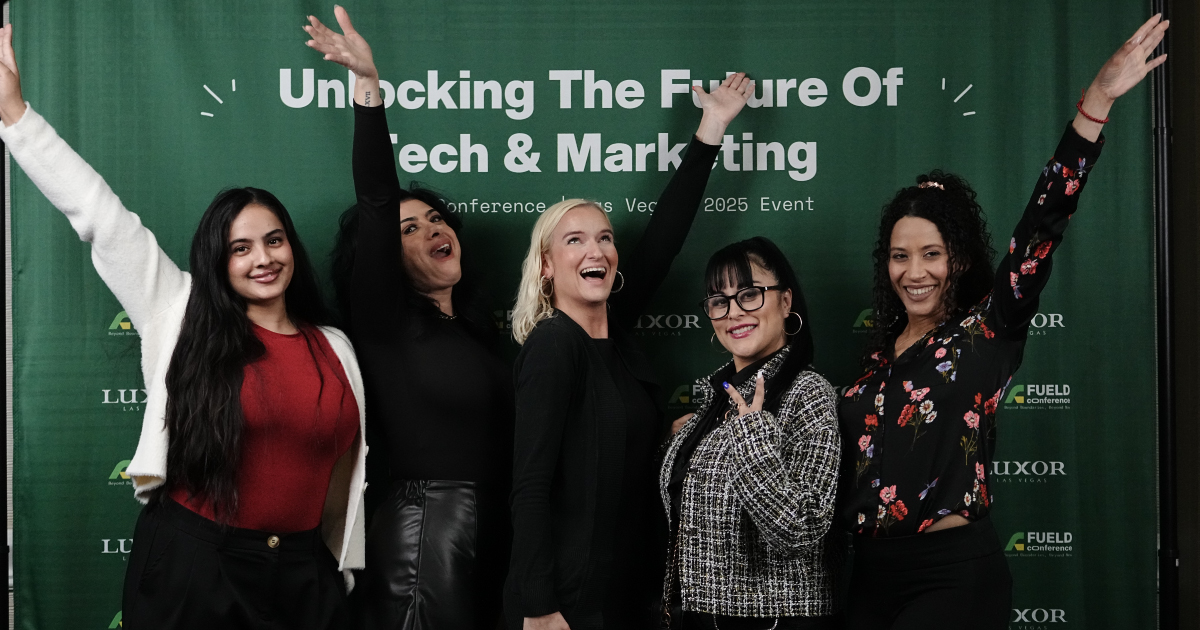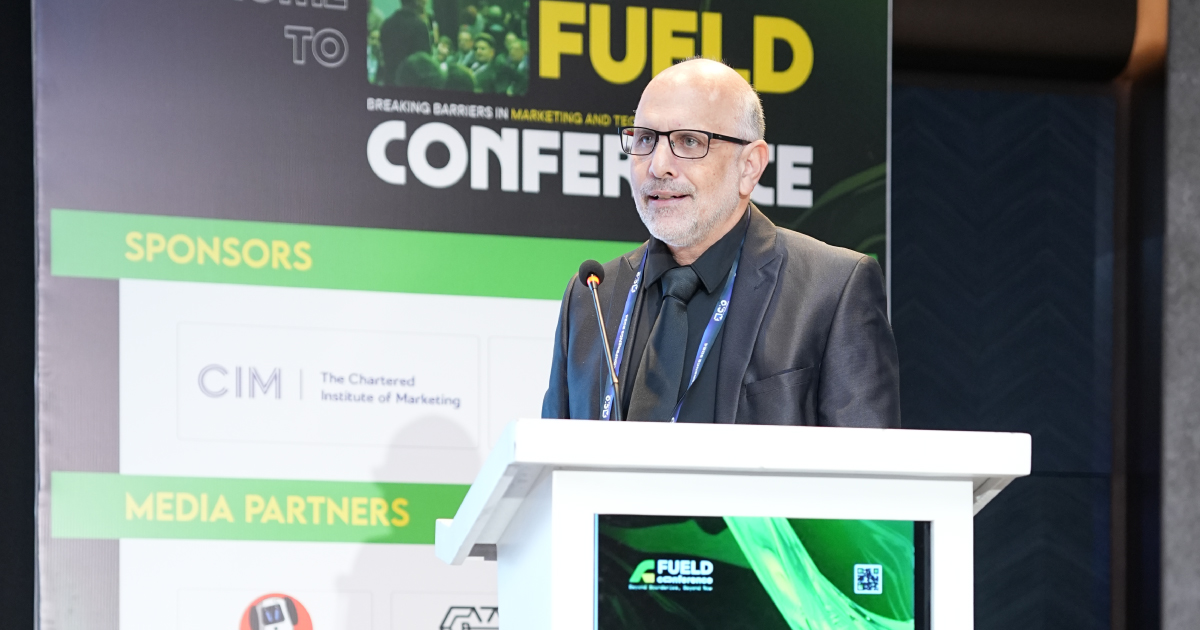Posted on : October 30, 2025

How will the future of work look when humans and robots share the same space? Can businesses harness automation to boost efficiency while keeping people at the heart of decision-making? With AI agents, autonomous vehicles, and warehouse robots already reshaping operations, the conversation has shifted from science fiction to strategy. The real challenge now is learning how to collaborate with machines in a way that drives growth and creates smarter, more resilient organizations.
These questions took center stage at our FUELD Conference during the fireside chat Human-Robot Collaboration: Maximizing Efficiency In Business Operations. At our AI and tech conference, the session featured Aaron Trahan, Founder of Performance Mindset, and Sam Sammane, Founder & CEO of TheoSym. Together, they shared insights on how businesses can embrace human-robot collaboration to maximize efficiency and prepare for the future of work.
Let’s dive in to explore the key insights from this session and understand how businesses can prepare for a future where humans and robots work side by side.
Moving From Science Fiction To Reality
What once felt like a futuristic concept is now part of everyday business life. Aaron Tran noted that collaboration between humans and machines is no longer hypothetical but something leaders see in supply chains and operations today.
Sam reframed what robotics really means, explaining that real robots are more likely to be drones, autonomous vehicles, or software agents than human-shaped machines, and reminded the audience that killer robots already exist in the form of drones, which are designed for efficiency rather than appearance. Building on this point, Aaron Tran noted that just 18 months ago, this conversation might have felt like science fiction. Yet, it has quickly become a pressing business priority for leaders today. He emphasized that this shift signals a crucial moment for organizations to start preparing strategies for how humans and machines will work together to achieve operational excellence.
How Robotics Is Reshaping Business Operations
Automation is not just a concept. It is already in motion. At our FUELD Conference, Sam described a delivery process where drones move packages within a warehouse, autonomous vehicles transport them closer to the destination, and a second drone handles the final delivery to the doorstep. At our conference on artificial intelligence, he suggested that this model could become common within a year if businesses decide to implement it.
Linking this to consumer expectations, Aaron explained how companies like Amazon have reset what customers consider a reasonable delivery timeline. Touring a fulfillment center gave him a first-hand look at robots working in the dark to pick and prepare orders. For Aaron, this illustrates that human-robot collaboration is no longer theoretical but central to how businesses achieve efficiency.
How Human-Robot Collaboration Will Reshape Work
Asked about which industries might be most affected, Sam predicted that change would come “everywhere, quickly and at once.” He noted that digital robots capable of answering calls or interacting with customers are already proliferating, with even more advanced systems expected to roll out soon. Autonomous vehicles, he added, may be the next major disruptor, changing the nature of transportation work and eliminating repetitive driving jobs.
At our conference on artificial intelligence, Aaron Tran agreed and pointed to transportation as one of the clearest examples of change. He mentioned that companies like Waymo have been approved to provide autonomous rides in cities such as Austin, suggesting that roads will soon be shared between human drivers and robots. While this creates safety challenges in the short term, he said, the long-term impact could be significant. Removing human error from driving may reduce accidents and save lives, turning what many fear into a public good.
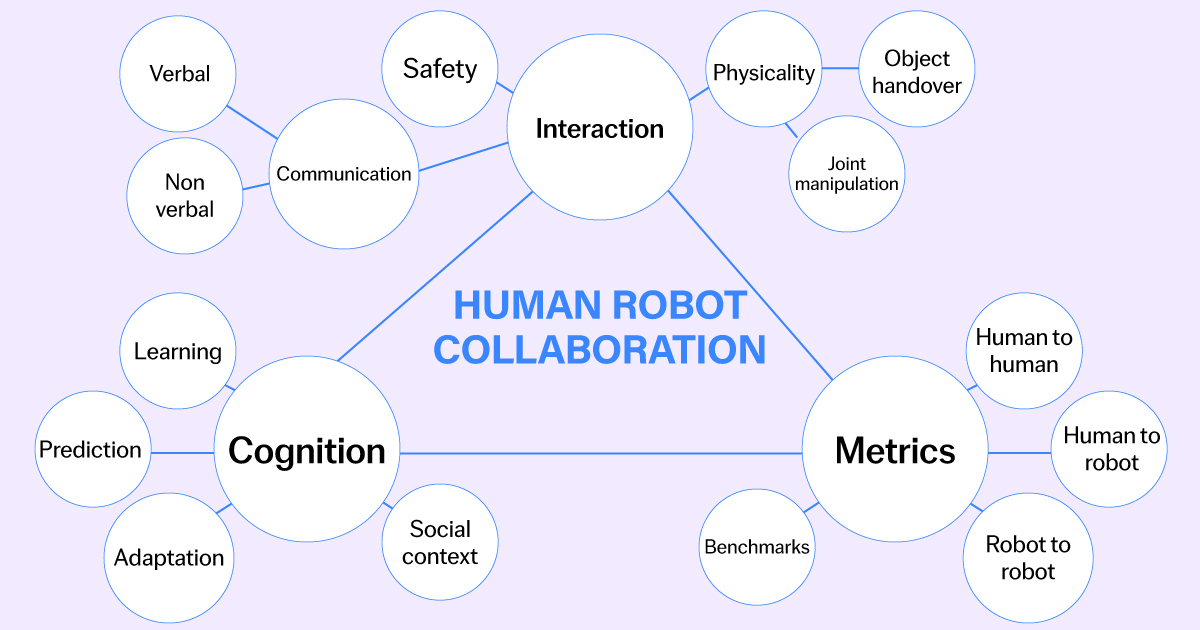
Source: MDPI
Shaping A Culture That Embraces Automation
Adopting robotics and AI successfully begins with people, not technology. Aaron emphasized that leadership commitment and clear communication are essential when introducing automation into an organization. Employees need to understand why these tools are being adopted, how success will be measured, and what benefits the business and its people will gain.
Sam added urgency to the discussion, saying that the right time to create a robotics strategy is now. He encouraged companies to act quickly and to focus on upskilling employees so they can work alongside machines rather than fear replacement.
Aaron also shared that exposure often reduces anxiety. He described how his children enjoy visiting a restaurant where a robot delivers food to the table, illustrating that future generations may see automation as usual and even enjoyable.
Rethinking KPIs And Organizational Models
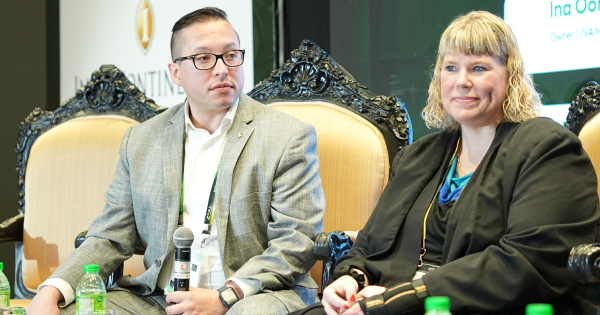
Traditional key performance indicators may not keep up with the pace of change. Sam argued that by the time a human reviews a KPI report, the data might already be outdated. His recommendation was for companies to build or adopt AI systems that can provide live insights and help leaders make decisions in real time.
At our conference on artificial intelligence, the conversation shifted toward business outcomes and long-term growth. Aaron stressed that growth must be efficient. “If you grow by a dollar but it costs you a dollar to get that growth, that’s not scaling,” he said. Instead, organizations should look for ways to create operating leverage, using robotics and AI to produce outsized returns for the resources invested.
Key Takeaways From Experts At The FUELD Conference
The conversation closed with a clear message: now is the time to act. Sam encouraged businesses to start developing a robotics strategy today, even if it begins with small steps, and refine it as they go. Waiting too long, he cautioned, risks falling behind competitors who are already leveraging automation to gain an advantage.
Aaron reinforced this point, urging leaders to focus on efficiency and connect every robotics or AI initiative to measurable outcomes. Companies that approach automation with a clear strategy and a people-first mindset will be better positioned to compete in a changing market.
At our FUELD Conference, this session captured the spirit of innovation and highlighted how leaders can turn technology anxiety into action. Our AI and tech conference echoed the same commitment to preparing businesses for the future, proving that human-robot collaboration can be a powerful driver of sustainable growth when paired with vision and leadership.
FAQs
Q1. What are the first steps businesses should take to adopt human-robot collaboration?
A. Start with a clear strategy that identifies areas where automation can deliver the most impact, such as logistics, customer support, or data processing. From there, invest in workforce training to build employee confidence and reduce resistance.
Q2. How can small businesses compete with larger enterprises in robotics adoption?
A. Small businesses can start with affordable, cloud-based automation tools and focus on streamlining repetitive tasks. Partnering with consultants or vendors for pilot projects allows them to scale gradually without significant upfront investment.
Q3. What skills should employees develop to stay relevant in an automated workplace?
A. Employees should focus on critical thinking, creativity, and problem-solving skills that machines cannot easily replicate. Learning to work with AI systems, such as prompt writing and basic data interpretation, also helps employees stay ahead.
Q4. Who typically attends the FUELD Conference?
A. The event attracts CEOs, CMOs, entrepreneurs, tech leaders, marketing experts, and investors who are shaping the future of business and technology.
Q5. What topics does the FUELD Conference usually cover?
A. The conference explores emerging technologies, digital transformation strategies, AI and machine learning trends, and innovative approaches to leadership and growth.






